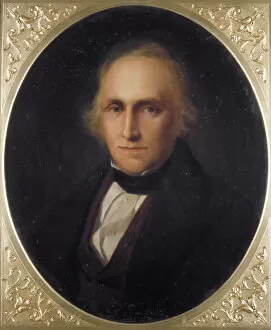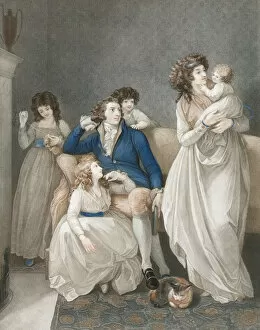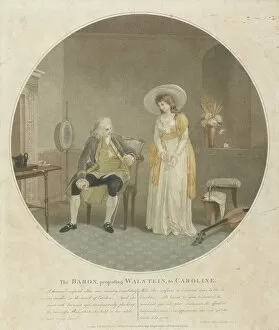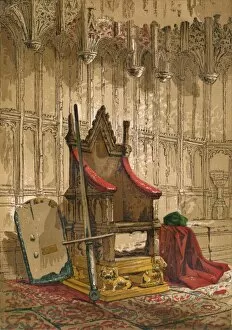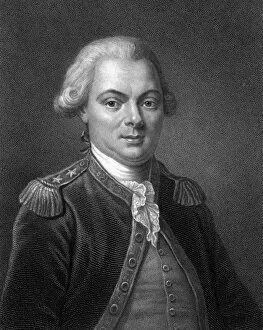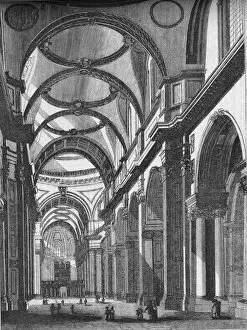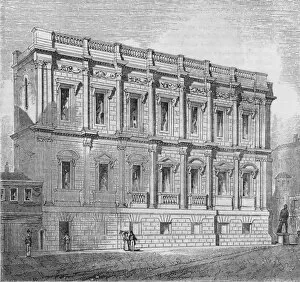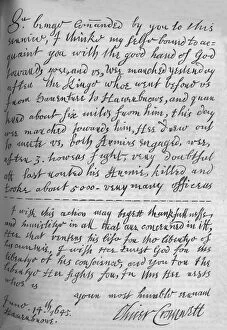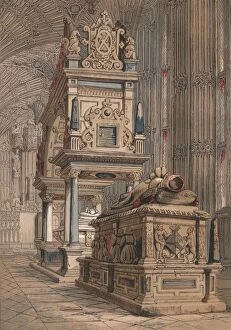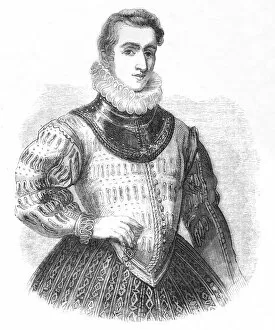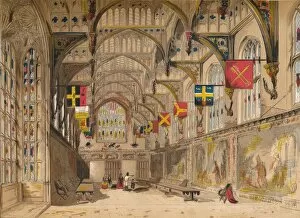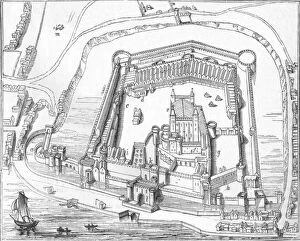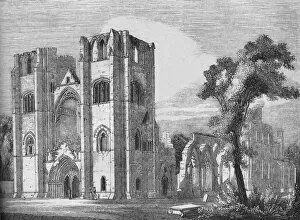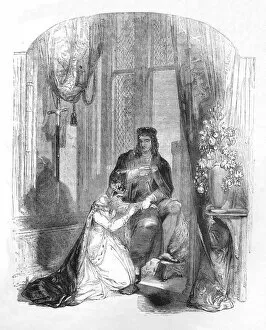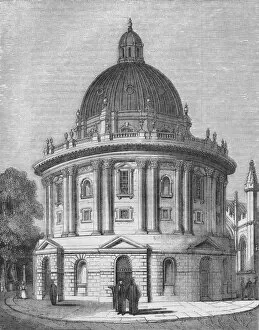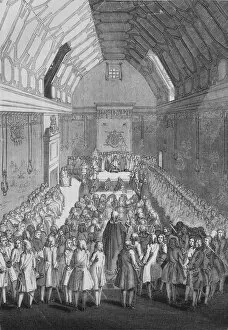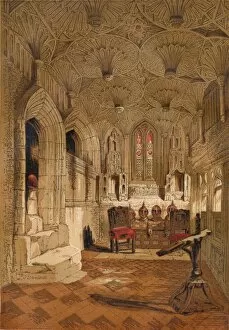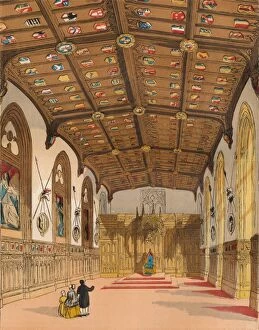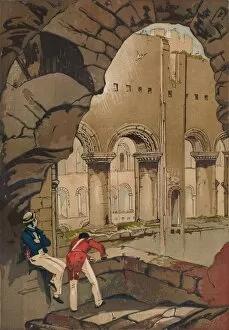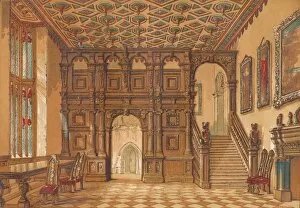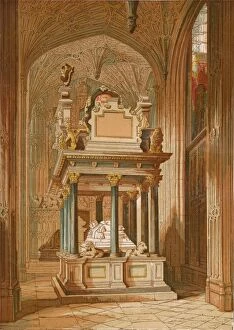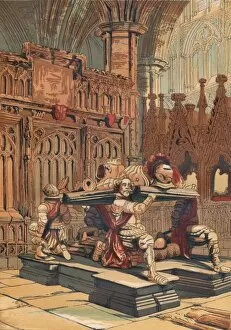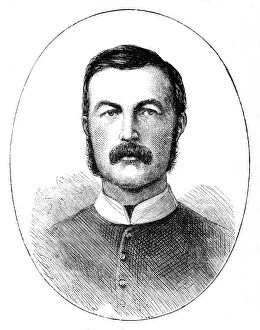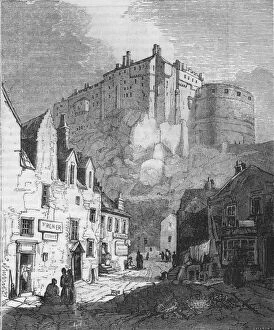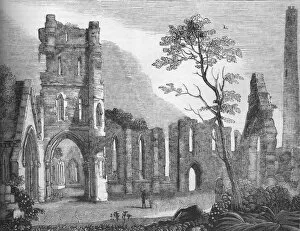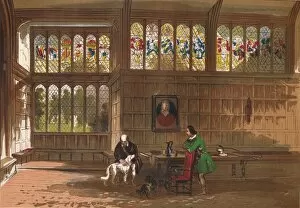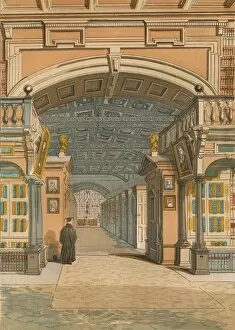Charles Knight Collection (#2)
Charles Knight was a multi-talented individual whose diverse interests and skills encompassed various fields
For sale as Licensed Images
Choose your image, Select your licence and Download the media
Charles Knight was a multi-talented individual whose diverse interests and skills encompassed various fields. From his detailed engravings of extinct creatures like the Uintathere, an ancient rhinoceros of North America, to his artistic portrayal of characters such as Ariel from Shakespeare's "The Tempest, " Knight showcased his creativity and attention to detail. In 1864, Knight captured the majestic beauty of Kings College Chapel in Cambridge through his artwork, highlighting its architectural grandeur. He also delved into portraiture, immortalizing influential figures like Madame de Stael in an English engraving from 1836 and General Babington in a captivating piece from 1902. Knight's fascination with exploration led him to depict notable explorers such as Comte de La Perouse, an intrepid French navigator and astronomer who ventured into uncharted territories during the 18th century. Additionally, he paid homage to Marcantonio Raimondi, an Italian engraver known for his exceptional craftsmanship during the Renaissance period. Not limited to land-based subjects alone, Knight contributed significantly to marine cartography with works like the U. S. Coast Survey's reconnaissances of Smiths or Blunts Island and Anapaca Island in Santa Barbara Channel. His meticulous attention to geographical details ensured accurate representations that aided navigation. Knight's talent extended beyond landscapes and seascapes; he also depicted scenes like Fors Nothyn in North Wales by Josiah Wood Whymper around 1850. This picturesque depiction showcases Knight's ability to capture nature's beauty on canvas. Through James Mollison's creation titled Daguesseau circa 1836, Charles Knight demonstrated his versatility by capturing not only people but also their essence and character through artistry. Charles Knight left behind a rich legacy filled with intricate engravings that celebrated both natural wonders and human achievements. His passion for artistry shines through each piece he created, leaving a lasting impression on those who appreciate his talent.


